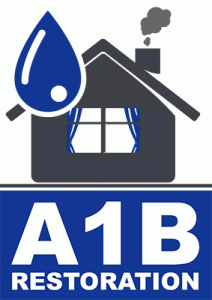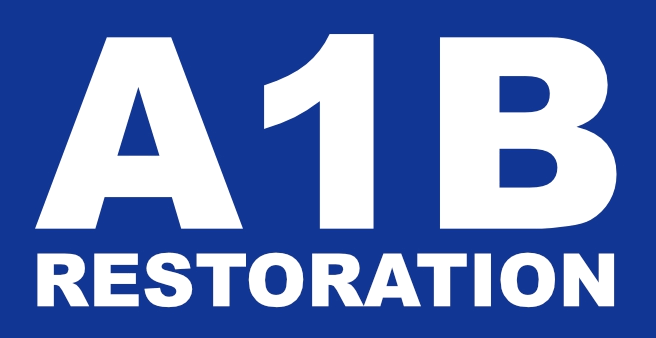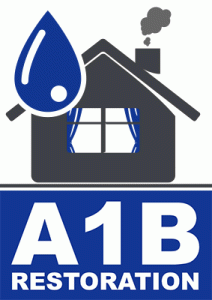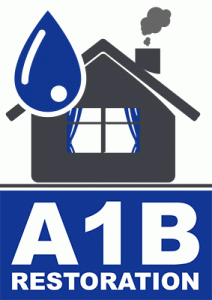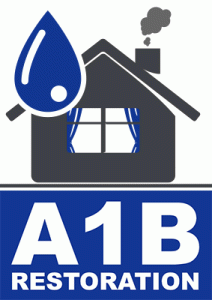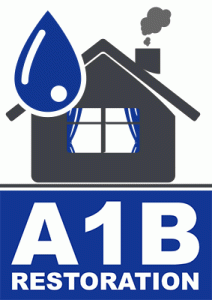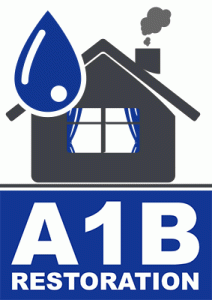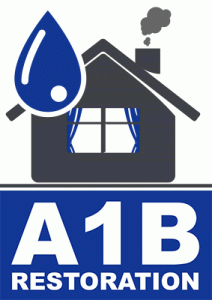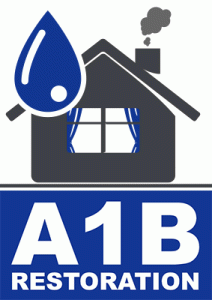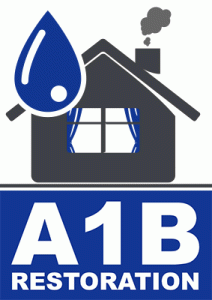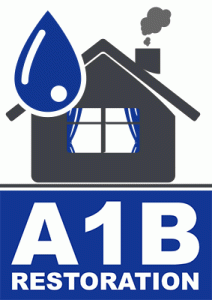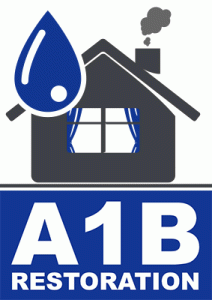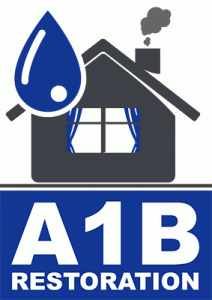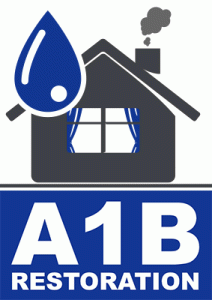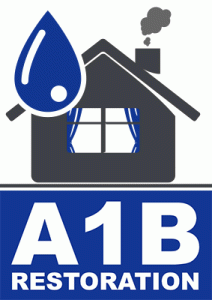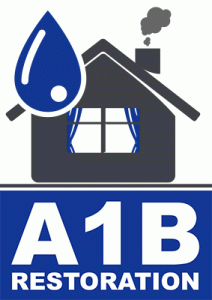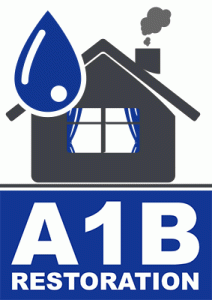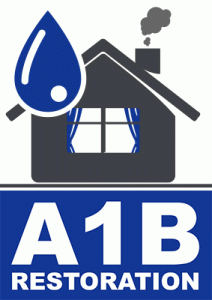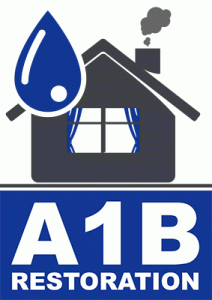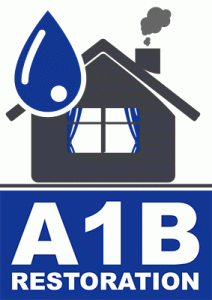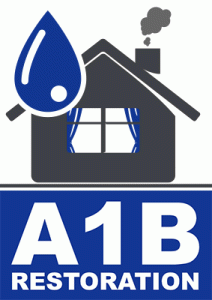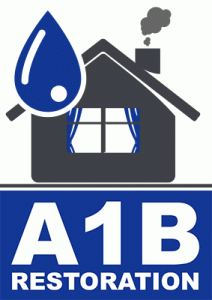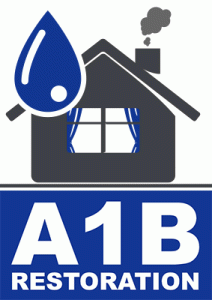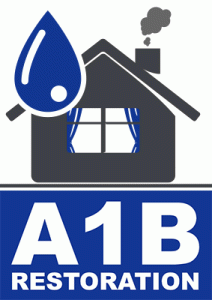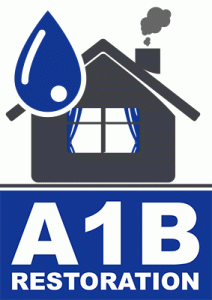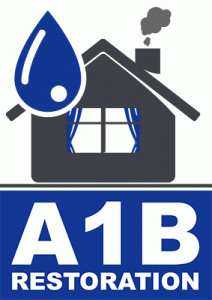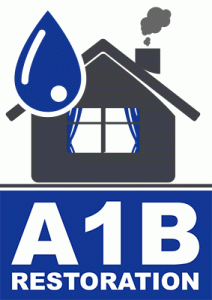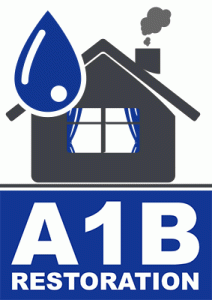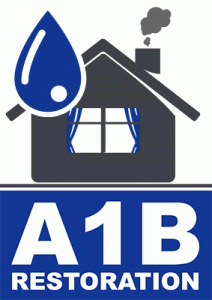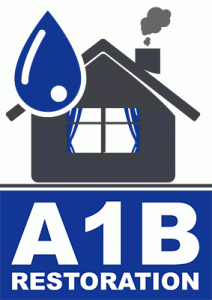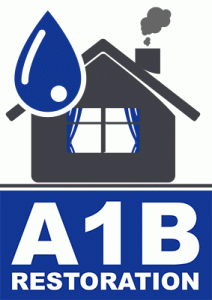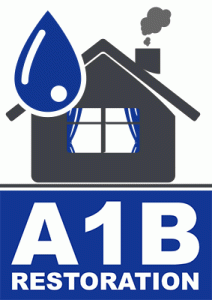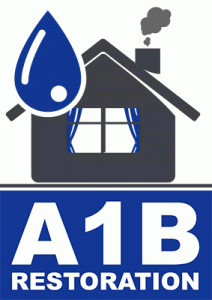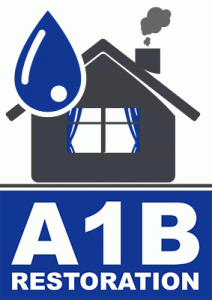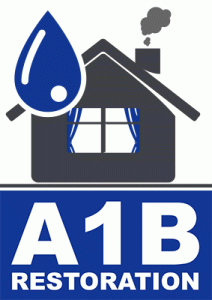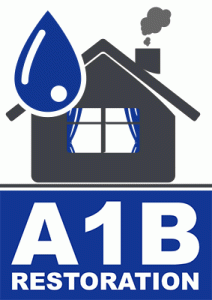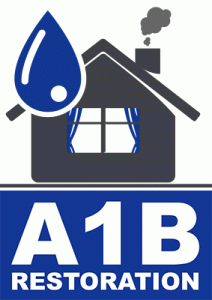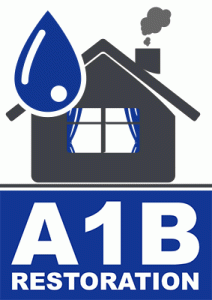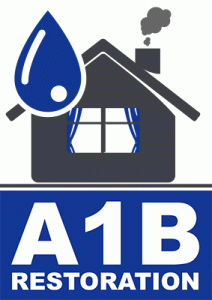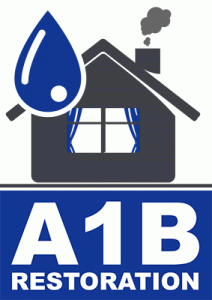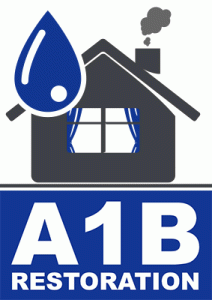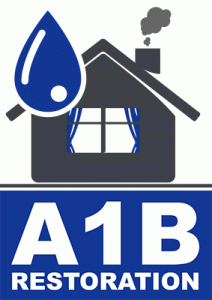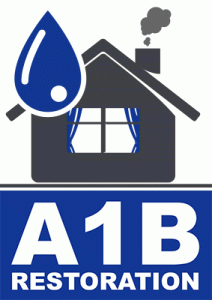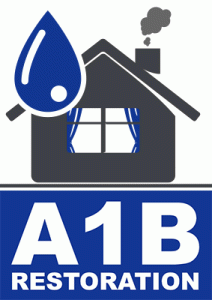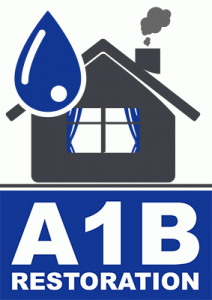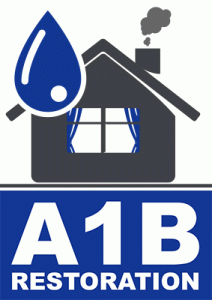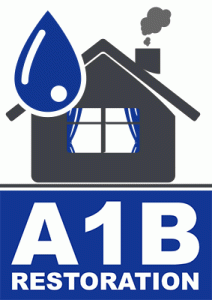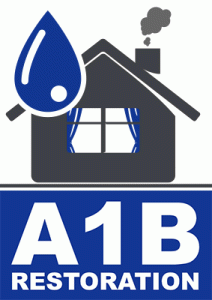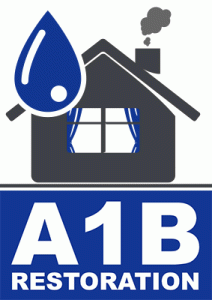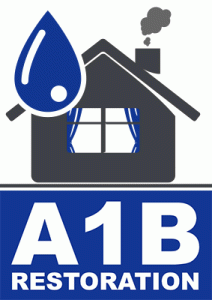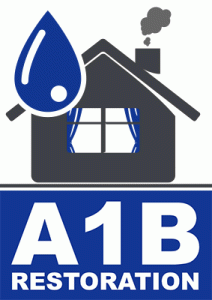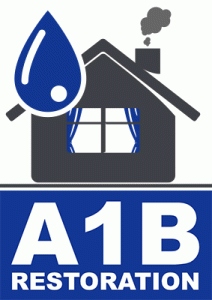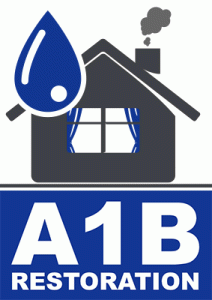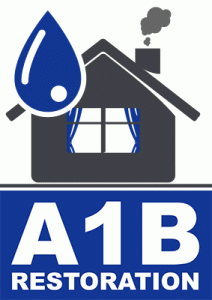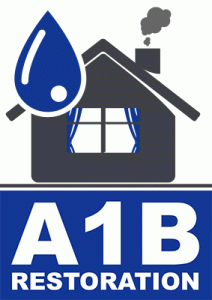Water Damage Restoration: A Case Study
Water damage can strike at any moment, devastating homes and businesses. Understanding the restoration process is crucial for minimizing damage and ensuring a safe, healthy environment. In this blog post, we delve into a comprehensive case study of water damage restoration, offering insights, statistics, and actionable tips to help you navigate similar challenges.
Introduction to Water Damage
Water damage is a leading cause of property loss, with 14,000 people in the U.S. experiencing a water damage emergency at home or work each day. The potential for damage is high, whether due to natural disasters, plumbing failures, or appliance malfunctions. This case study explores a real-world scenario of water damage, examining the restoration process from start to finish.
The Incident: Flooding from a Broken Pipe
In this case study, we examine a residential property that experienced significant flooding due to a broken pipe. The pipe, located in the basement, burst overnight, releasing thousands of gallons of water and causing extensive water damage. The homeowners were faced with the daunting task of restoring their home to its former condition.
Step 1: Initial Assessment and Safety Measures
Upon discovery of the flooding, the homeowners immediately contacted a professional water damage restoration company. Quick response is critical, as standing water can lead to mold growth within 24 to 48 hours. The restoration team arrived within an hour and conducted a thorough assessment of the damage, focusing on safety first. They ensured that electricity was safely disconnected to prevent electrocution hazards.
Step 2: Water Extraction and Drying
The next step in the water damage restoration process was water extraction. Using industrial-grade equipment, the team removed the standing water from the basement. This process was followed by drying, which is crucial to preventing mold growth. High-speed air movers and dehumidifiers were deployed to remove moisture from the air and surfaces.
Step 3: Cleaning and Sanitization
Once the area was dry, the restoration team focused on cleaning and sanitizing the affected areas. This stage involved removing debris, disinfecting surfaces, and ensuring that the environment was safe for the homeowners. The team used EPA-approved cleaning agents to eliminate bacteria and other contaminants.
Step 4: Restoration and Repair
With the property clean and dry, the restoration team began the repair process. This included replacing damaged drywall, flooring, and insulation. The team worked closely with the homeowners to restore the property to its pre-damage condition, ensuring that all repairs met current building codes and standards.
Statistics and Industry Insights
According to the Insurance Information Institute, water damage is the second most frequently filed insurance claim in the United States, following wind and hail damage. The average insurance claim for water damage is around $10,234. These statistics highlight the importance of understanding the water damage restoration process and having adequate insurance coverage.
Common Causes of Water Damage
Understanding the common causes of water damage can help homeowners take preventative measures. Some of the most frequent causes include:
- Leaking or burst pipes
- Plumbing system failures
- Appliance malfunctions (e.g., water heaters, washing machines)
- Natural disasters (e.g., floods, hurricanes)
Preventative Tips
While some water damage incidents are unavoidable, there are steps you can take to minimize the risk:
- Regularly inspect and maintain plumbing systems.
- Install water leak detection devices.
- Ensure proper drainage around your property.
- Keep gutters and downspouts clear of debris.
- Consider installing a sump pump with a battery backup.
Conclusion
Water damage restoration is a complex process that requires immediate attention and professional expertise. By examining this case study, we can appreciate the importance of rapid response and comprehensive restoration. Whether you’re dealing with a minor leak or a major flood, knowing the steps to take can mitigate damage and protect your property. Remember, prevention is key, and preparation is your best defense against water damage.
For more information on water damage restoration or to schedule an assessment, contact a certified water damage specialist today.
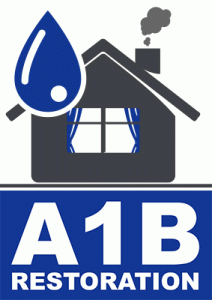
McKinney Texas water damage restoration service near me
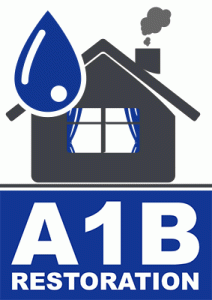
water damage cleanup companies Lakewood Dallas Texas
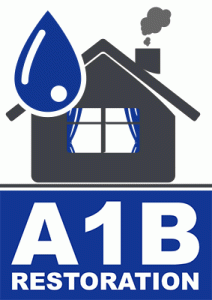
water damage restoration services near me Allen Texas

water remediation company near me Carrollton Texas
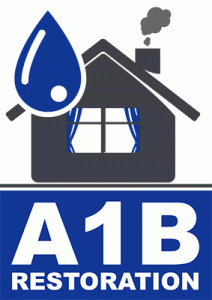
Duncanville Texas water damage restoration service near me

water damage and restoration companies Fate Texas

best water damage restoration near me Parker Texas

residential water damage restoration Royse City Texas
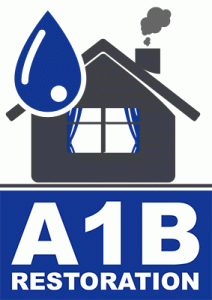
water removal services near me Preston Hollow Dallas Texas
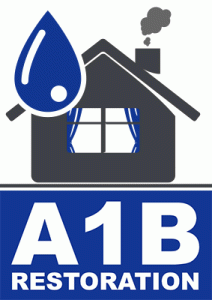
Lake Highlands Dallas TX emergency water damage cleanup

North Richland Hills Texas water remediation company
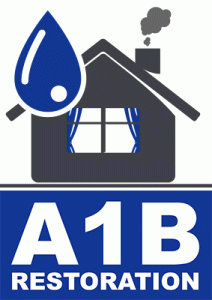
Colleyville Texas restoration water damage companies

Royse City Texas water damage restoration near me
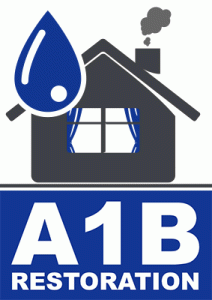
Mesquite Texas restoration water damage companies
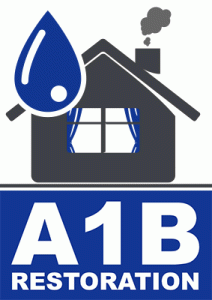
Grand Prairie Texas water damage restoration service near me

Irving Texas water damage restoration service near me
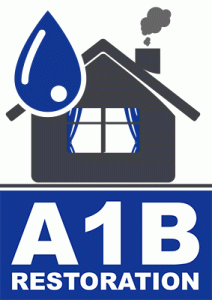
Bedford Texas water damage restoration service near me

Keller Texas water damage restoration service near me

Lake Highlands Dallas Texas water damage restoration near me
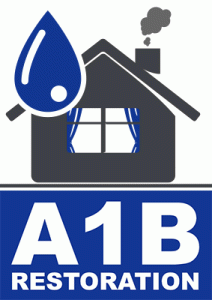
Cedar Hill Texas water extraction company near me
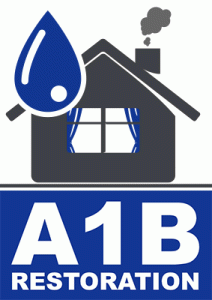
Colleyville Texas water extraction company near me
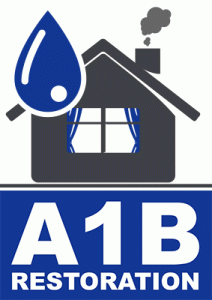
Preston Hollow Dallas TX water damage restoration company

Duncanville TX water damage restoration services

Lakewood Dallas TX water damage restoration companies
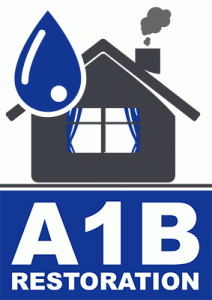
Denton TX water damage restoration companies near me

Lake Dallas TX water damage restoration companies near me

Royse City TX water damage restoration companies
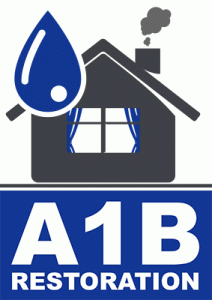
Little Elm TX water damage restoration companies
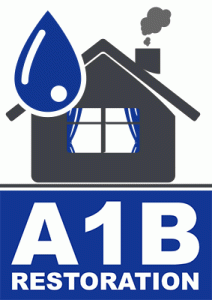
Wylie TX water damage restoration companies near me
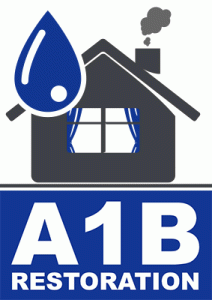
Lake Highlands Dallas TX home water damage restoration

Lake Highlands Dallas TX restoration water damage experts

Preston Hollow Dallas TX restoration water damage experts

The Colony TX water damage restoration companies near me
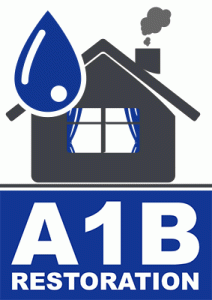
water damage cleanup companies Flower Mound Texas

water damage restoration service Little Elm Texas
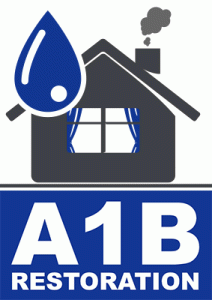
water damage and restoration companies Flower Mound Texas
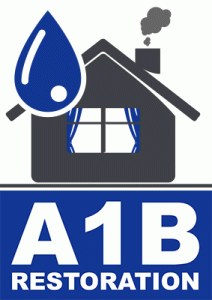
water restoration companies near me Preston Hollow Dallas Texas

best water damage restoration near me Lakewood Dallas Texas
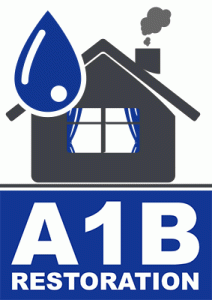
water remediation company near me Highland Park Texas

water damage restoration services near me North Richland Hills Texas
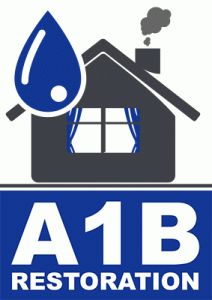
water damage clean up near me Highland Park Texas
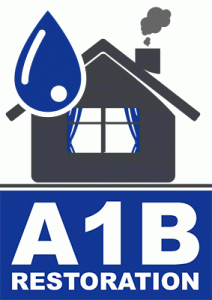
restoration of water damage North Richland Hills Texas
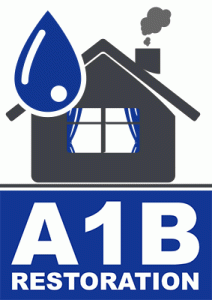
water damage and restoration companies Lewisville Texas

water mitigation company North Richland Hills Texas
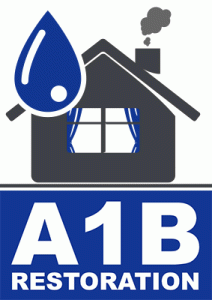
residential water damage restoration Duncanville Texas
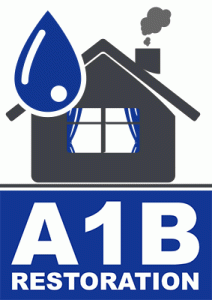
water removal services near me Flower Mound Texas
